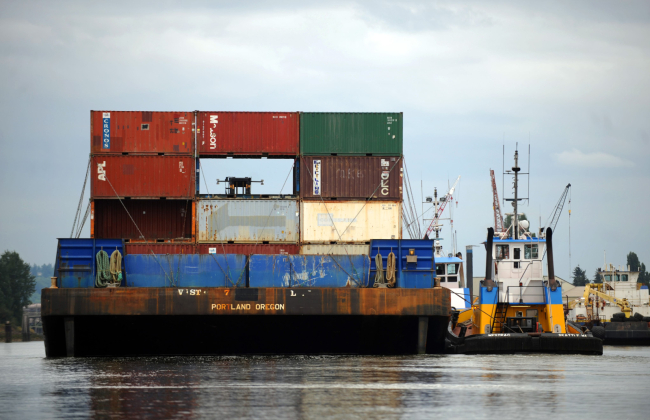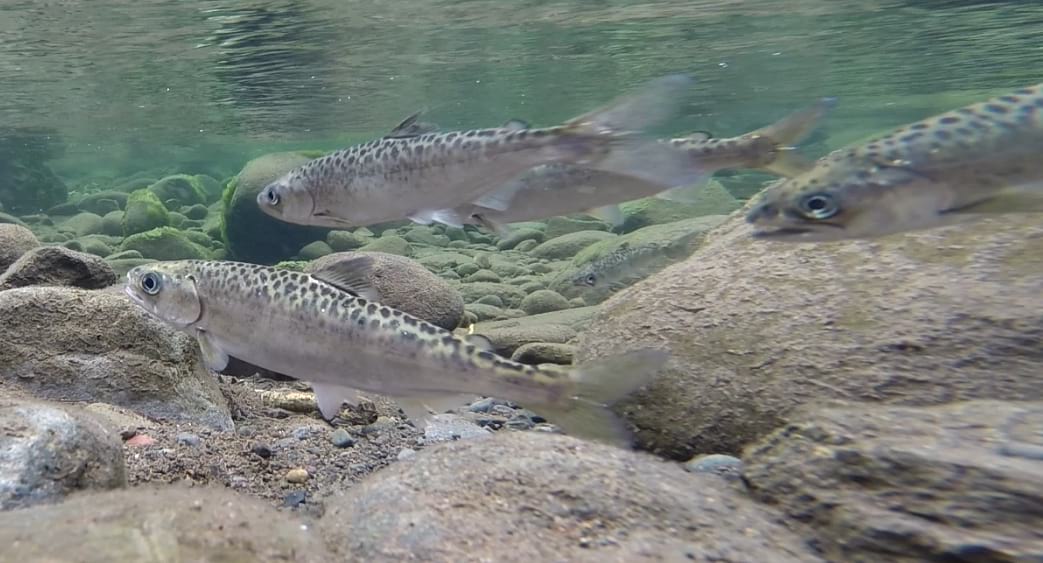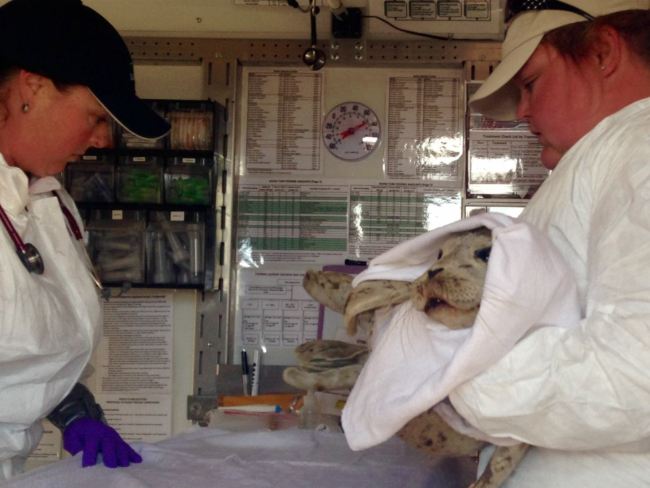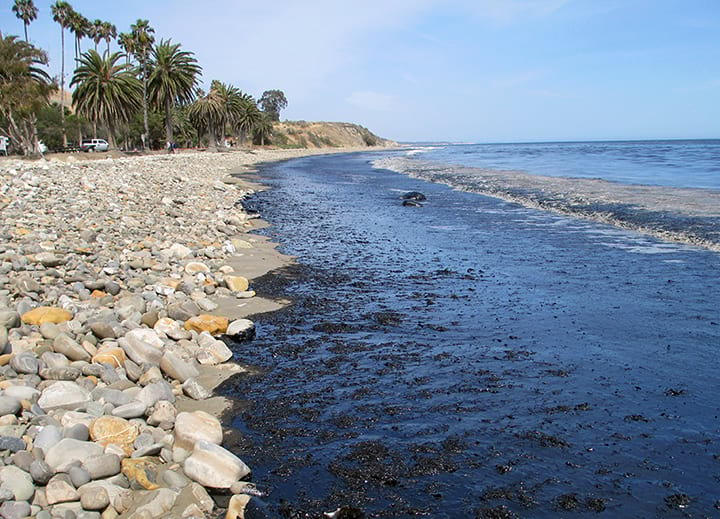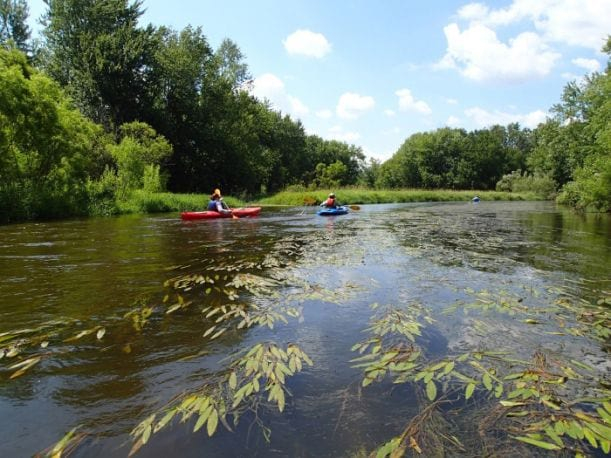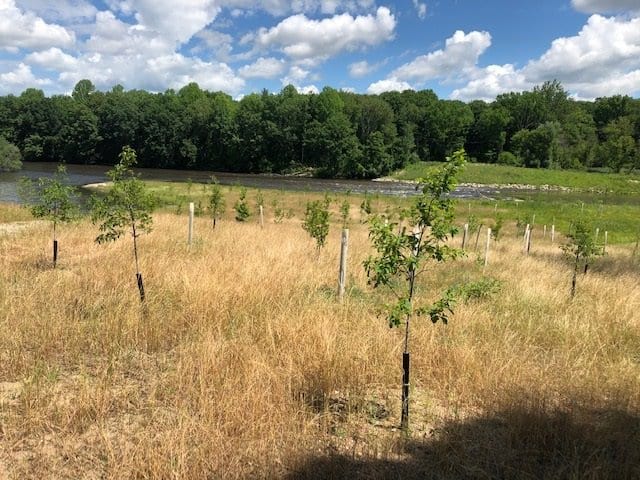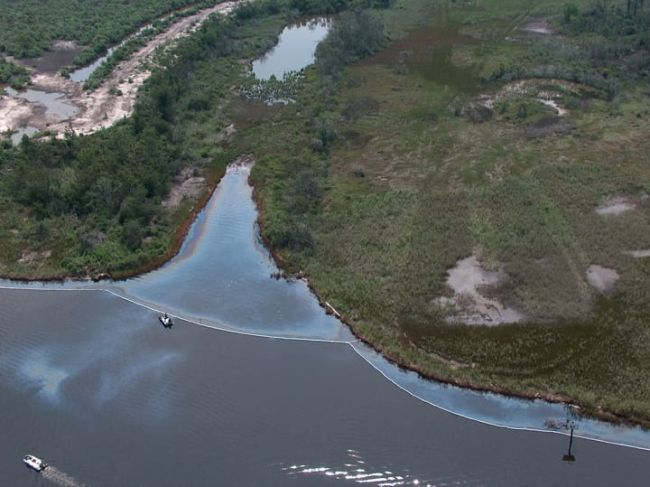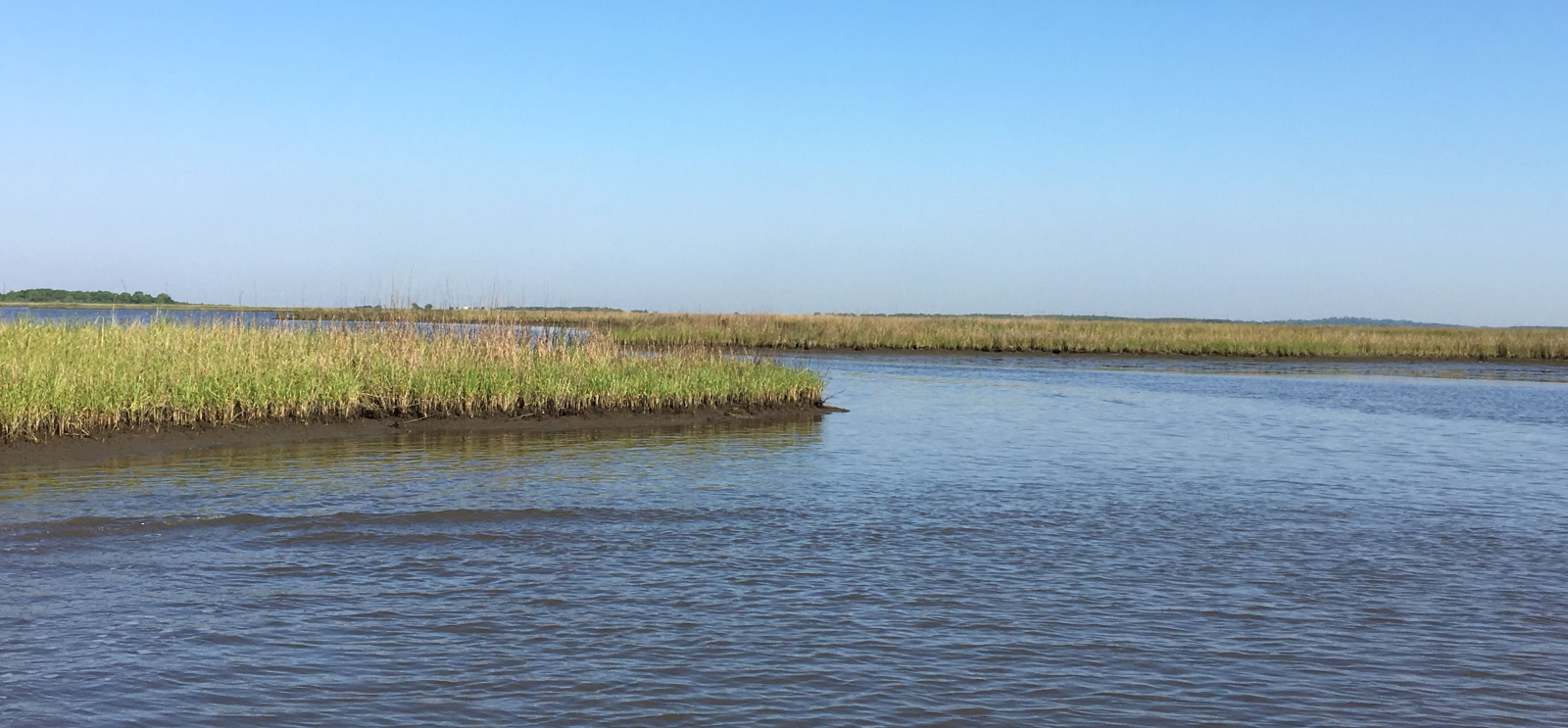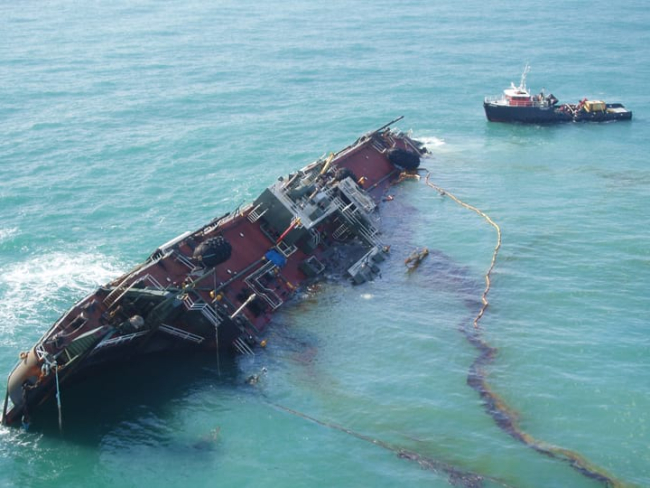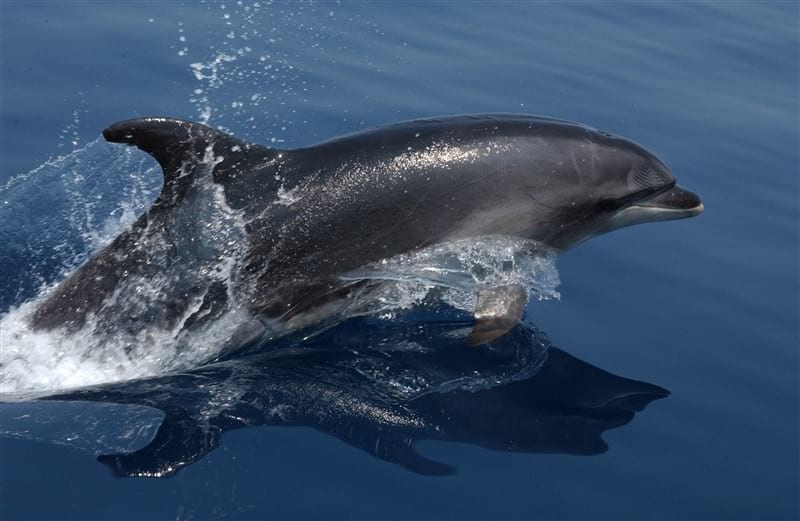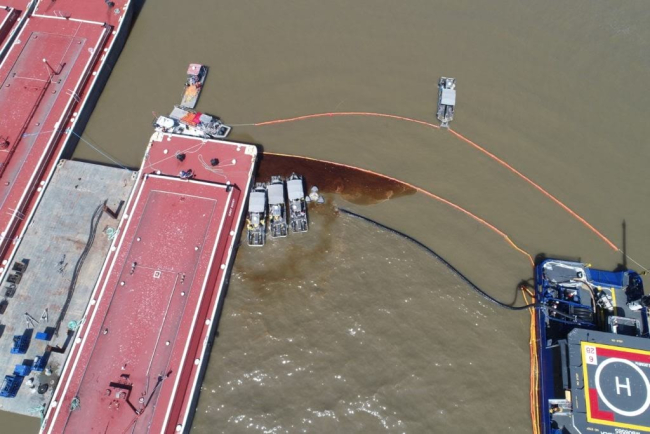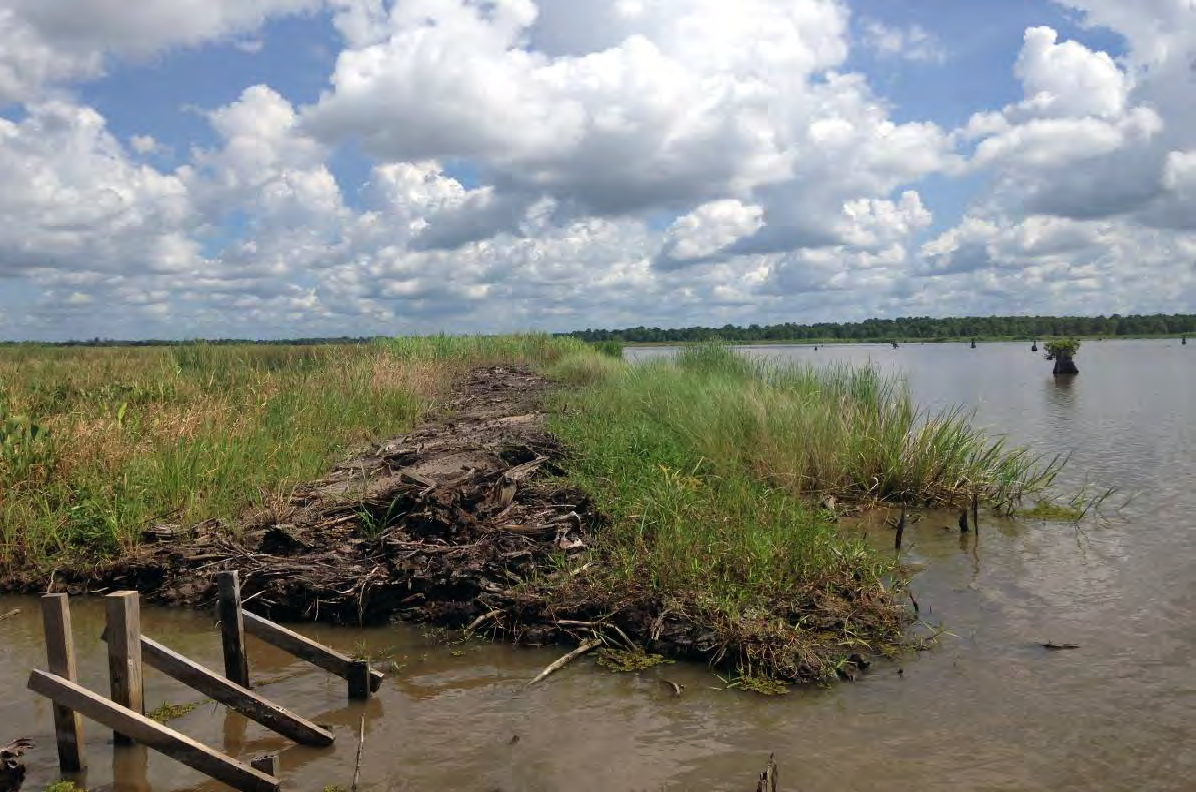When pollution harms American waterways, it’s not enough to simply clean up the contamination. Restoring the environment means implementing projects that help habitats, wildlife, and coastal communities recover quickly and completely.
In fiscal year 2021, NOAA helped to recover over $130 million to restore 10 polluted waterways after oil spills and industrial pollution. NOAA and partners worked to evaluate the impacts of pollution and reach legal agreements with those responsible for pollution to fund restoration.
Funds will be used to create salmon habitat, benefit marine mammals, construct public parks and boat launches, and restore salt marsh and other habitats that bolster coastal resilience. These restoration projects also provide economic benefits to coastal communities, including underserved and indigenous communities often disproportionately affected by pollution.
Where pollution caused harm, these funds will be used to make coastal ecosystems and communities whole.
$61 million for Salmon and Tribal Resources in Washington State
The Lower Duwamish River in Seattle and Port Angeles Harbor on the Puget Sound were both sites of hazardous waste pollution. Migratory salmon, which are spawned in freshwater rivers but migrate to the ocean where they spend most of their life, were harmed by contaminants and industrialized shorelines.
This also impacted local Native American tribes for whom salmon have enormous cultural value. NOAA worked together with our co-trustees and tribal partners to reach settlements for the Puget Sound and Lower Duwamish River and will continue to collaborate on projects that benefit salmon and coastal habitats in Washington.
$20 Million for Fish, Wildlife, and Outdoor Recreation in California
In 2015 a pipeline ruptured near Refugio State Beach in Santa Barbara, spilling over 100,000 gallons of crude onto beaches and into the Pacific Ocean. Oil harmed marine mammals, including California sea lions and dolphins, fish, birds, and shellfish. Pollution also closed local beaches and parks.
NOAA is taking the lead on restoring red abalone populations, outdoor recreational opportunities, eelgrass beds, and sand-dwelling kelp offshore. We will also help enhance existing seal and sea lion rehabilitation efforts and increase the capacity of existing dolphin and whale entanglement response programs in the Santa Barbara Channel.
$25 Million for Freshwater Habitats in Michigan
Paper mills released contaminants into the Kalamazoo River from the late 1950s through the early 1970s. Pollution lingers in more than 80 miles of the river, impacting bottom-dwelling creatures, birds, and resulting in advisories against eating fish from the Kalamazoo River.
NOAA worked closely with local communities to develop restoration ideas. Selected projects will remove dams that block fish passage, establish a nature preserve, restore native plants along the shore, and work to establish native mussels on the riverbed, benefiting the environment and local communities.
$19 Million for Saltmarsh in Louisiana
In 2006 during a severe thunderstorm at an oil refinery spilled millions of gallons of untreated oily wastewater into the Calcasieu River and Calcasieu Estuary. Over 150 miles of shoreline were oiled, including hundreds of acres of sensitive marsh. In the days following the spill, fishing and outdoor recreation in the area were shut down.
Marshes are incredibly diverse and productive ecosystems, providing shelter for a wide range of wildlife and buffering coastal communities from storms and erosion. One restoration project aims to restore 392 acres of saltmarsh, including tidal creeks, in shallow open water in Cameron Parish. Others will restore oyster reefs and bird nesting habitats along this vibrant waterway.
$4.5 Million for Dolphins and Fisheries in the Gulf of Mexico
In 2005 a vessel collision spilled approximately 1.9 million gallons of oil into the Gulf of Mexico. The oil spilled was a heavy mixture, more dense than seawater, which caused it to sink to the bottom of the Gulf. This smothered bottom-dwelling creatures on the seafloor. Over time, the oil moved and impacted approximately 45,000 acres of ocean.
The Gulf of Mexico is an ecologically and economically important waterway. This settlement will be used to restore fish and marine mammals that were harmed by oil spill pollution, bolstering the Gulf of Mexico for the wildlife and coastal states that depend on clean and robust fisheries.
Over $2 Million to Preserve Wilderness in Texas
In Texas, an oil spill in the Galveston Bay and hazardous waste pollution in the Neches River harmed fish and wildlife. The oil spill harmed marine mammals and shorelines, while the hazardous waste pollution impacted brackish wetlands and the diverse ecosystems they support.
Working together with a local conservation group, 475-acres of estuarine habitat and wetlands along the Neches River will be preserved through a conservation easement. This protected area will help to restore birds, fish, and tidal habitats. In the Galveston Bay, restoration will focus on helping wildlife and habitats recover from oil spill pollution.
Over $200,000 to Restore an Urban River in New Jersey
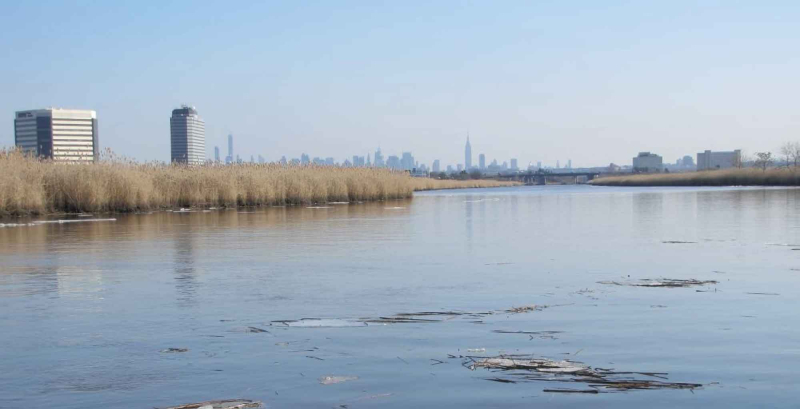
Berry’s Creek watershed is an industrial waterway in urbanized Northern New Jersey. While Berry’s Creek watershed provides important habitat for many species of fish, crabs, turtles, and birds, it also has a long history of industrial pollution. That puts these creatures at risk. Restoration efforts will help to bolster this urban ecosystem.
Listen to Our Companion Podcast:
Restoration: Replacing What Was Lost
Hear how good things like restoration can come from bad things like oil spills and superfund sites — don't miss our podcast interview with Tom Brosnan, a scientist with the Assessment and Restoration Division of NOAA’s Office of Response and Restoration.

